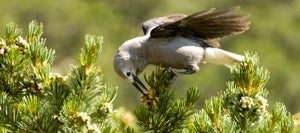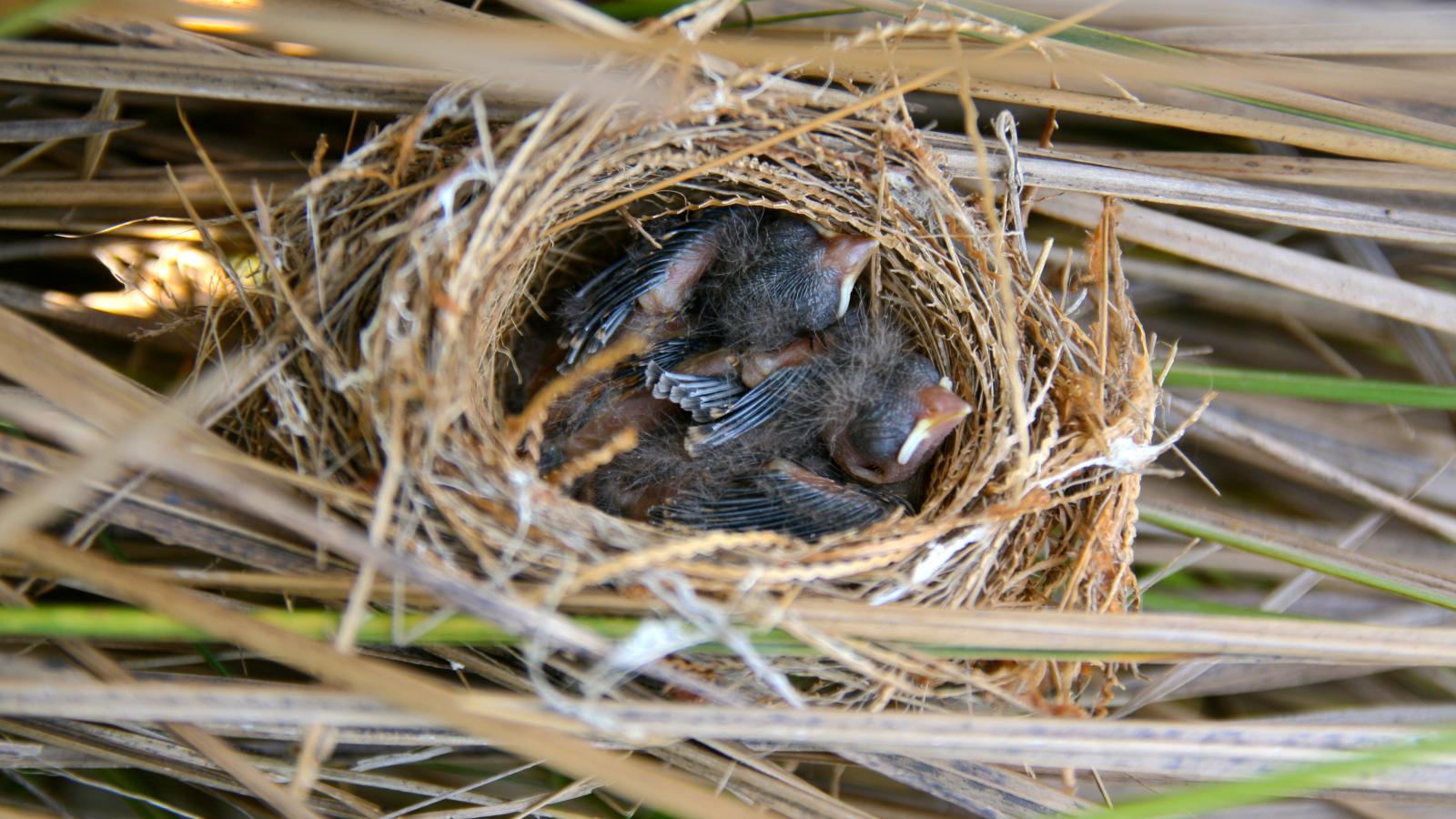 I am a Ph.D student in the EBIO department and my research focuses on understanding ecosystems so that better management practices can be developed.
I am a Ph.D student in the EBIO department and my research focuses on understanding ecosystems so that better management practices can be developed.
My research examines patterns of pinyon pine (Pinus edulis) and juniper (Juniperus osteosperma) recruitment following recent drought and insect-induced pinyon mortality. Pinyon-Juniper woodlands are the third most extensive vegetation type in the continental U.S and have recently experienced widespread mortality pinyon pine mortality due to combination of a multi-year drought and beetle infestations. However, pinyon and juniper regeneration patterns following this recent mortality event is not well understood.
Globally, woody species are experiencing extensive mortality due to a combination of drought, insect-outbreaks, and warmer temperatures, with implications for significant changes in forest and woodland structure. However, long-term changes in species distributions will be dependent upon the ability of species to regenerate following these regional mortality events under a warmer, drier climate.
 Effects of management on vegetation in pinyon-juniper woodlands
Effects of management on vegetation in pinyon-juniper woodlands
Across the western U.S., there is an increasing need to effectively manage ecosystems to both mitigate hazardous wildfire and maintain, and in some cases restore, ecosystem integrity. Of particular importance to the management of public lands in the western U.S. are ecosystems dominated by species of pinyon and juniper, which represent the 3rd most extensive vegetation type in the continental U.S. and are one of the predominant vegetation types administered by federal land management agencies. Consequently, various tree-removal methods have been applied to pinyon-juniper woodlands since the 1950s. However, the efficacy of these different treatment methods are poorly understood.
My research aims to better understand both the short-term (1-2 yr) and long-term (18-40 yr) effects of the various tree-removal treatments commonly used in pinyon-juniper woodlands on vegetation structure. By quantifying the ecological consequences of past tree-removal treatments, my goal is to help develop better future management strategies.
Relationship between climate, seed production & pinyon jay declines
Increasing temperatures and altered precipitation regimes are predicted to cause large shifts in species distributions due to both direct physiological effects and indirect effects on resources. In this project, we examine 1.) The effects of climate on annual variations in pinyon pine cone production 2.) How increasing temperatures over the past several decades have altered cone production and 3.) How both changes in pinyon pine cone production and recent pinyon pine mortality has affected pinyon jay populations.

Pinyon jay: Live from South Main







